Benchmarks: Tim Manney—Rebuilding tools and building knowledge, by way of FWW
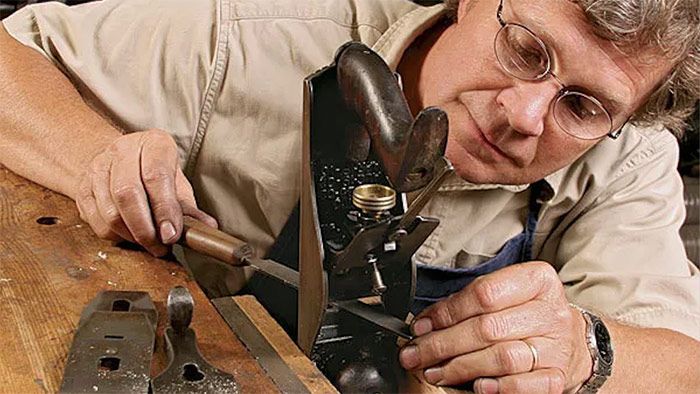

After working for a few woodworking businesses for several years and a nine-month apprenticeship with a Windsor chairmaker, I decided to strike out on my own and set up my own workshop. It took me close to a year to put together an efficient little shop in the basement of a house that I was renting with some friends. During that year I was making prototype chairs, buying and fixing up old tools, and working three days a week as a landscape gardener to make ends meet. While I was covered in rust restoring vintage woodworking machinery and hand tools I would often think, “You either need a lot of time or a lot of money to set up a workshop.”
At that point in my life, I had little money to speak of, but I had a heap of time and boundless energy to rub pieces of metal against abrasive surfaces until they were flat. So, I poured my hours into hunting down machines on Craigslist, taking them apart, removing rust, replacing bearings and motors, and putting them back together on new stands. On the weekends I would go to flea markets and look for drawknives, axes, and handplanes to tune up and put to work.
Occasionally, while lapping the sole of another handplane or making the third attempt to press bearings into a 1938 Craftsman lathe, I would fantasize about a shiny Lie-Nielsen plane or a lathe that had functional, smooth bearings. But I also knew that I was learning everything about the tools that I was bringing into my workshop. I was learning how they worked and even a little bit about how the designers of those tools thought. If something broke in the future or my bandsaw started cutting waves instead of straight lines, I would know how to fix it. While I was sometimes jealous of those newer, shinier tools, I also knew that all the hours I was putting into my old tools were yielding a depth of experience and knowledge that would be hard to attain in any other way.
Now when I’m considering whether to buy a new tool, restore an old one, or design and build my own version from scratch, I think about things a little differently. I ask whether I want to know about the tool or the process in a deep way or whether I just need a tool to accomplish a certain task. I still lean toward covering my hands with oil and rust more often than pulling out my wallet. But I also have a Lie-Nielsen block plane that sits next to the restored Stanley planes on the shelf under my workbench.
For years, I spent hours poring over old stacks of Fine Woodworking in the homes and shops of friends and coworkers. I would thumb through each magazine looking for articles to answer my unending questions about techniques, tools, and materials. Now with Fine Woodworking’s digital library, it is much easier to search for answers to those questions. Below are a few of the articles that I remember referencing when I was setting up my workshop and one from the person who taught me what it was possible to do with a drawknife, Curtis Buchanan. One hot tip: type “back cover” into the search bar when you need an inspiration boost via the astute curation of Jon Binzen.
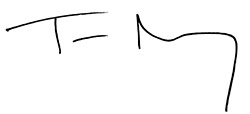
Tim Manney
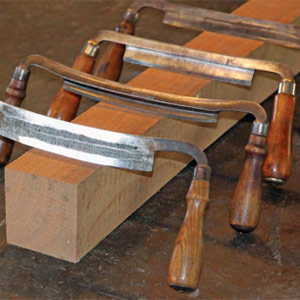 |
How to Sharpen and Use a DrawknifeLearn how to master the drawknife, a brilliantly simple shaping tool that’s versatile, fast, and a pleasure to use. Curtis Buchanan |
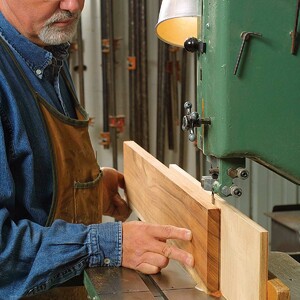 |
Five tips for better bandsawingMichael Fortune’s no-hassle approach delivers smooth, straight cuts on the bandsaw. Michael Fortune |
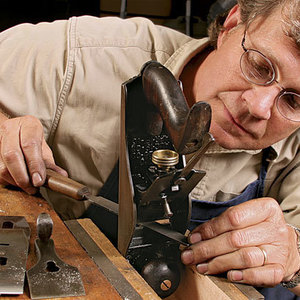 |
How to Rebuild a Used Stanley PlaneHow to transform a bargain-basement handplane into a top performer. Roland Johnson |
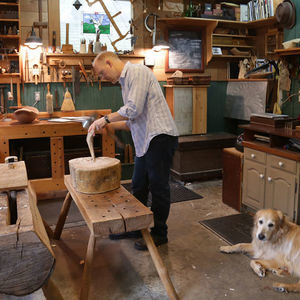 |
David Fisher’s Snug, Unplugged WorkshopA woodworker’s space evolves around him. David Fisher |
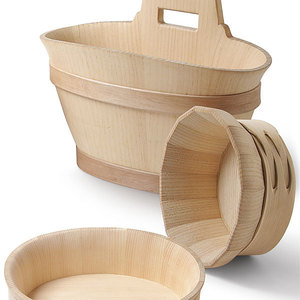 |
A Cooper’s Learning CurveThe project that gave Carl Swensson the most trouble was a humble Swiss milking bucket. But he didn’t give up, and eventually the coopered vessel gave up its secrets and success was his. Jonathan Binzen |
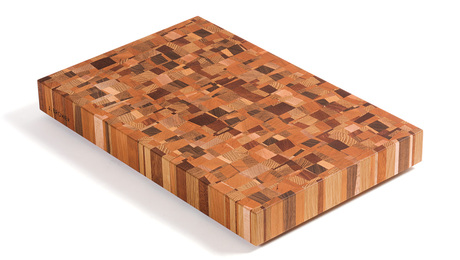
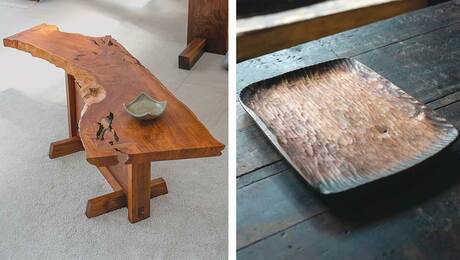
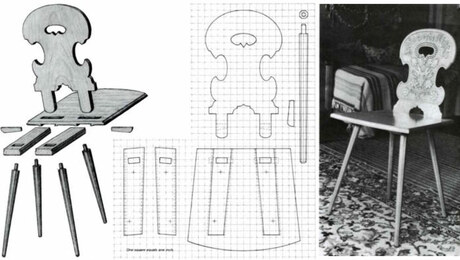
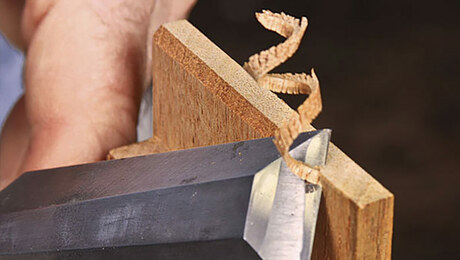

















Log in or create an account to post a comment.
Sign up Log in